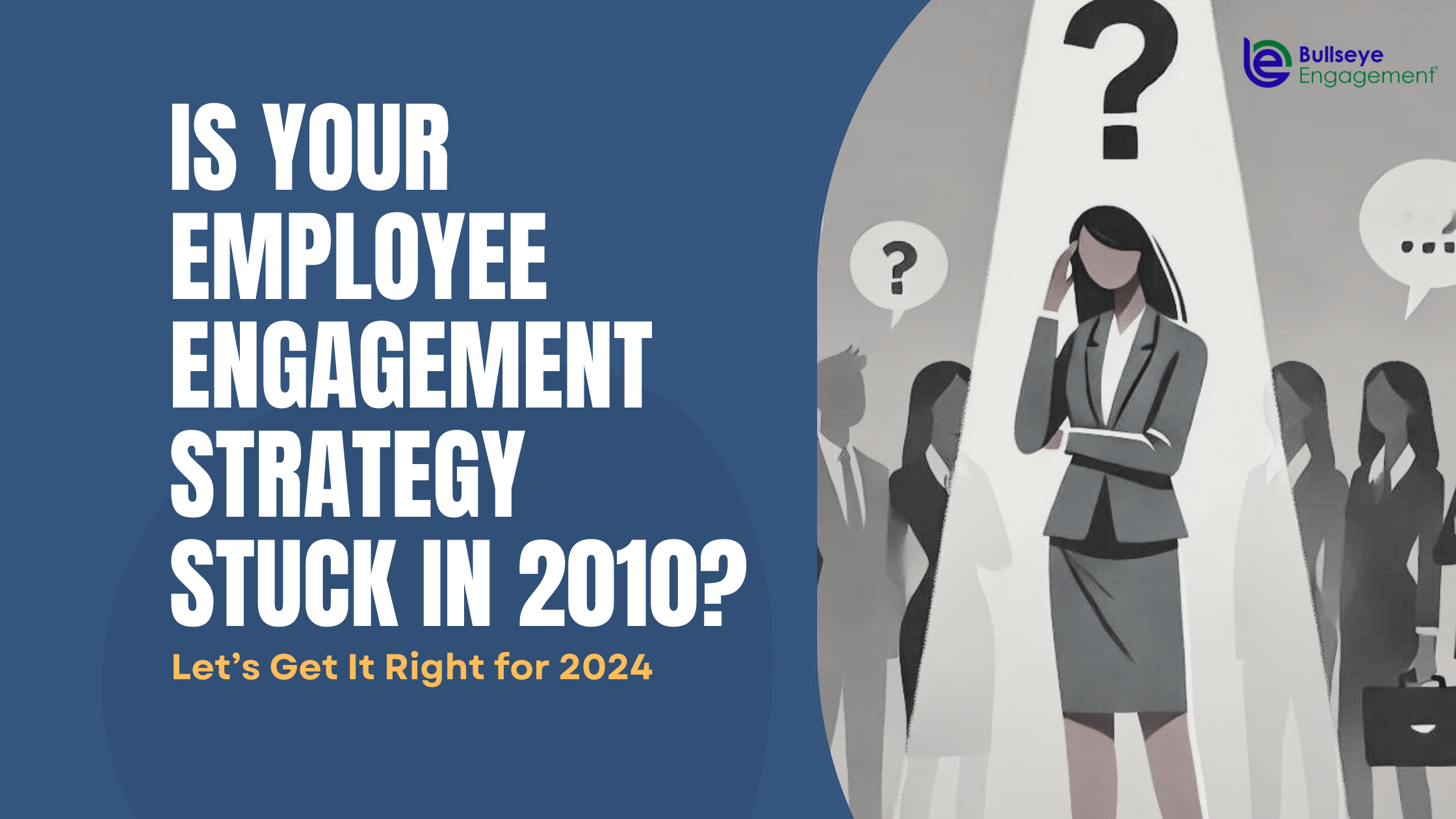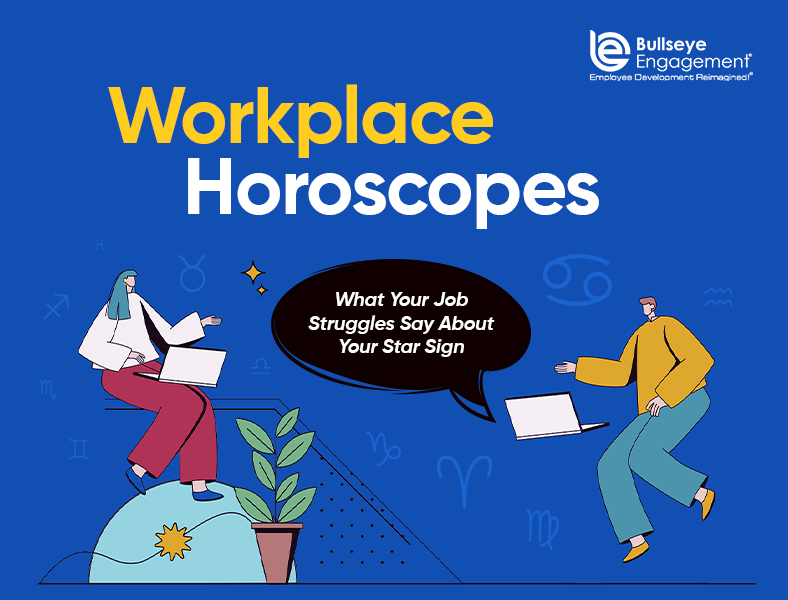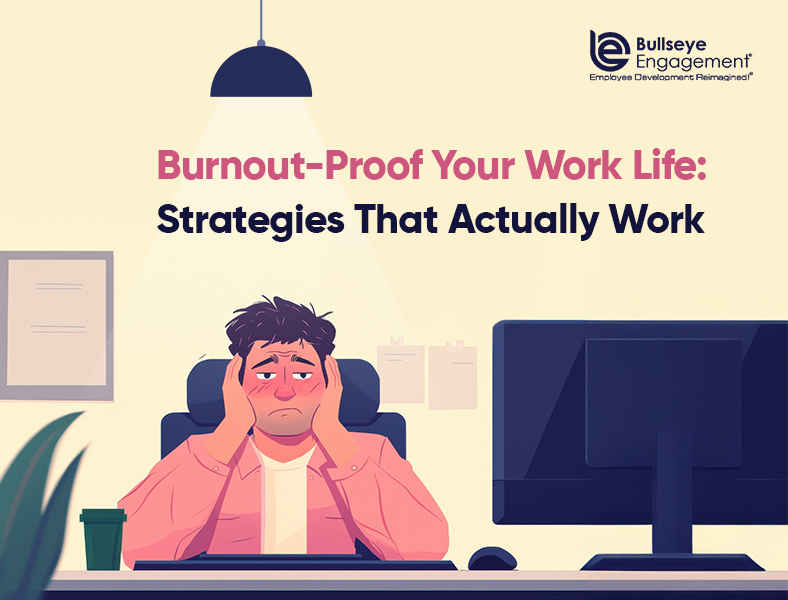In 2010, employee engagement was all about annual surveys, casual team lunches, and office perks like ping-pong tables. Back then, this felt cutting-edge. Fast forward to 2024, and the workplace has evolved dramatically—but many companies are still hanging on to these outdated strategies. Spoiler: It’s time for an upgrade.
Employees today demand more than just surface-level engagement. They want authenticity, flexibility, and most importantly, personalized experiences that resonate with their individual needs. So, is your employee engagement strategy stuck in the past? Let’s take a look at what’s no longer working and, more importantly, how to adapt.
The Problem: Engagement Is Still Treated as a “One-Off”
Back in the day, companies rolled out one-off initiatives like the occasional team-building event or a once-a-year survey. While these gestures were enough to keep employees somewhat engaged back then, they’re seen as outdated and disconnected in 2024.
Why it’s outdated:
Employees now expect continuous engagement that reflects their changing needs, especially with the rise of hybrid work models, global teams, and the growing Gen Z workforce. One-time efforts aren’t enough to keep pace with the constantly shifting dynamics of today’s workplace.
What you can do:
Engagement needs to be woven into the daily fabric of your company. Tools like pulse surveys, regular check-ins, and agile feedback loops allow you to stay in tune with your employees’ feelings and needs in real-time. It’s no longer about grand gestures—it’s about consistent care and listening. Think of engagement like tending a garden—it requires ongoing attention and nurturing.
The Problem: Perks Are Not a Substitute for Purpose
Remember when flashy office perks like free snacks or gaming rooms were the ultimate employee engagement strategy? It’s 2024, and those perks just aren’t cutting it anymore. The new generation of employees is far more interested in working for organizations that offer purpose, meaning, and opportunities for personal growth.
Why it’s outdated:
Perks may draw attention, but they don’t drive long-term engagement. Employees want to feel like their work matters and that they’re contributing to something bigger than themselves. Purpose-driven work environments have become a top priority for both attracting and retaining talent.
What you can do:
Shift your focus from perks to purpose-driven leadership. Clearly articulate your company’s mission and how each employee plays a role in achieving it. Empower employees to take ownership of meaningful projects and make sure they understand how their contributions make an impact. This gives their work a sense of purpose that no snack bar or fancy coffee machine can match.
The Problem: Lack of Flexibility is a Dealbreaker
In 2010, the 9-to-5 office job was the norm. Flexibility was a nice-to-have perk, but not a requirement. Fast forward to 2024, and flexibility has become a non-negotiable. Hybrid and remote work have become the new standard, and rigid work hours no longer align with the needs of today’s workforce.
Why it’s outdated:
Employees now value control over their time and work environment. Flexibility is seen as a sign of trust and respect. If you’re still demanding everyone to work rigid hours from the office, you risk alienating top talent and seeing engagement plummet.
What you can do:
Embrace flexible work arrangements. Whether it’s through hybrid work schedules, fully remote roles, or allowing employees to structure their hours around personal needs, flexibility shows you trust your team to get the job done on their terms. Offer employees the freedom to design their workday in a way that balances productivity with personal life.
The Problem: Feedback Is Still an Annual Event
Remember the dreaded annual performance review? In 2010, it was the primary way employees received feedback on their work. Today, waiting for the end-of-year review is not only ineffective, it’s counterproductive. Employees need feedback in real time to stay engaged and motivated.
Why it’s outdated:
If you’re waiting until the end of the year to give feedback, your team has already lost opportunities to grow. Today’s employees expect feedback to be an ongoing conversation. They want to know how they’re doing now, not months later.
What you can do:
Ditch the annual review in favor of continuous feedback. Whether it’s through weekly check-ins, quarterly reviews, or even informal chats, real-time feedback keeps employees engaged, motivated, and able to course-correct as needed. Implement a culture where feedback is a two-way street—make it part of everyday work, not a yearly formality.
The Problem: Leadership Is No Longer Just About Direction—It’s About Connection
A decade ago, leaders were expected to set the direction and drive results. Today, employees are looking for more than just strategy from their leaders—they want authentic connection and empathy.
Why it’s outdated:
Employees expect their leaders to be approachable, empathetic, and genuinely invested in their well-being. Leaders who operate with a command-and-control mentality may meet short-term goals, but they won’t inspire long-term loyalty or engagement.
What you can do:
Today’s leaders need to demonstrate emotional intelligence. Take time to listen to your employees, understand their challenges, and support them in a way that shows genuine care. Connection isn’t about a corporate memo—it’s about having real, human conversations that build trust. Show empathy, lead by example, and make employees feel heard and valued.
The Problem: Career Development Needs to Be a Priority, Not an Afterthought
In 2010, career development programs were often vague promises or one-off training sessions. Today, employees expect clear career growth paths and opportunities for ongoing development.
Why it’s outdated:
In 2024, employees are far more likely to leave a company that doesn’t prioritize their growth. They want learning opportunities that go beyond mandatory training—they’re looking for mentorship, stretch assignments, and leadership development.
What you can do:
Invest in personalized career development. Sit down with your employees and create tailored growth plans that align with their career aspirations. Whether it’s offering mentorship, learning platforms, or stretch assignments, show them you’re committed to their future. This kind of support not only increases engagement but also loyalty.
In 2024, Engagement Means Evolution
The reality is that employee engagement in 2024 looks very different from what it did a decade ago. Today, employees are seeking meaning, flexibility, real-time feedback, and authentic leadership. If your engagement strategy hasn’t evolved to meet these needs, it’s time to rethink and adapt.
Your employees are your greatest asset. Treat them like it by listening, adapting, and creating an environment where they can thrive—because if your engagement strategy is stuck in 2010, your talent might not stick around to see 2025.
Ready to evolve? Let BullseyeEngagement help you modernize your engagement strategy for today’s workplace challenges and tomorrow’s workforce expectations.

















